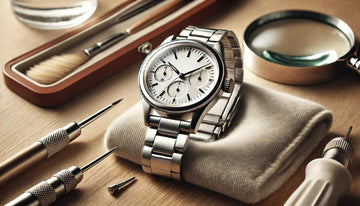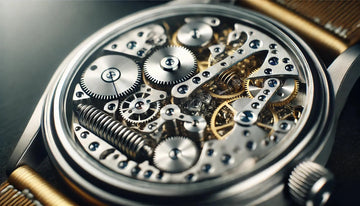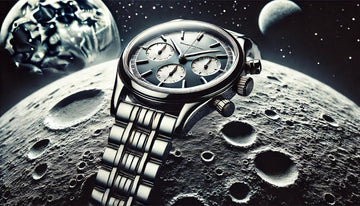In the early 1980s, the Swiss watch industry was dying. Japanese brands like Seiko and Casio had flooded the market with affordable and accurate quartz watches, while traditional Swiss brands were stuck in somewhat outdated craft methods. And then Swiss Swatch was launched!
It was in 1983 and never before had such playful and colourful watches been made. Swatch revolutionised the watch world and managed to put Swiss watchmakers back on the map. Swatch (short for ‘Second Watch’) was more than just a watch, it was a sueroriginal concept. While competitors focused on technical perfection, Swatch opted for something completely different: affordable, trendy watches that breathed fun and fashion. With a plastic case, simple design and competitive prices, the watch became a fashion statement rather than a purely functional item. Swatch responded perfectly to the rise of 1980s pop culture and the penchant for individuality.
Swatch's success was not only due to its design, but also to clever marketing. With limited editions, collaborations with artists and bold designs, Swatch became a collector's item. The watches appealed to young people and watch lovers alike and created a hype that would last for decades. But Swatch's biggest impact was perhaps economic. Thanks to low production costs and high sales figures, Swatch managed to revitalise the Swiss watch industry. The company behind Swatch, the Swatch Group, would eventually take brands like Omega, Tissot and Breguet under its wing, restoring Swiss dominance in the watch world.
Swatch gave the watch a fun-factor and proved that style, innovation and affordability could perfectly go hand in hand.
Blog posts






